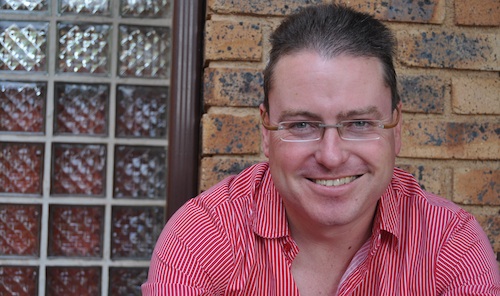
[By Duncan McLeod]
When broadcasters switch to digital television, a valuable chunk of radio frequency spectrum will be freed up for broadband. The country ought to have a debate now about how to use this spectrum to bring affordable Internet access to rural areas.
Vodacom Group CEO Pieter Uys floated an interesting idea this week. He told me in an interview that operators should pool their resources to build rural broadband networks in areas where it doesn’t make financial sense to duplicate infrastructure.
Uys was talking about the best way of providing access to the so-called “digital dividend” spectrum that will be freed up when SA ’s broadcasters migrate from analogue to digital terrestrial television.
Government has set a cut-off date of December 2013 for the completion of the migration. Though broadcasters are fretting privately that the deadline is too tight, now is the right time for government, the telecommunications industry and the sector regulator, the Independent Communications Authority of SA (Icasa), to thrash out how this digital dividend should be used to maximise Internet penetration, especially in underserviced areas.
To explain the importance of the spectrum in question, it is necessary to get a little technical. The frequency band in question — around 800MHz — is ideally suited for providing large coverage zones around base stations. This makes it ideal for providing rural connectivity at lower cost. Higher frequencies, such as the 2,1GHz band used by MTN, Vodacom and others, are better suited for building dense metropolitan broadband networks with lots of towers.
By the time the 800MHz band becomes available, next-generation wireless broadband technology called long-term evolution (LTE) — it’s the successor to the third-generation mobile networks in use today — will be ready. Over time, LTE is promising access speeds well in excess of what’s available on copper-based fixed-line networks.
“The 800MHz band should be pooled and used jointly to build a network in, say, Putsonderwater, where you can’t build multiple networks,” says Uys. “The digital dividend is a scarce resource and it should be used in a way that benefits the whole country.”
Communications minister Roy Padayachie has made it one of his top priorities to bring broadband to rural areas. He’s keen for Sentech, the state-owned broadcasting signal distributor, to build a network that provides services in these areas. But Sentech has access to the 2,6GHz spectrum, a band that is far from ideal for that purpose.
Perhaps Icasa should consider taking back Sentech’s overly generous 50MHz allocation and making it available to commercial operators that are desperate to extend their metropolitan coverage, and giving the company access to part of the 800MHz band.
Uys’s suggestion that infrastructure be shared in rural areas makes sense, provided it’s done in a way that fosters competition. There are many models that can be adopted, but a network based on “open access principles”, where all licensed operators and Internet companies can provide services and compete on price, may help rather than hinder government’s objectives.
The ultimate goal must be to maximise competition. It’s only rigorous competition between commercial operators that will keep prices in check, driving up access and fostering innovation.
As Uys says, Icasa “shouldn’t experiment” with untested models. “It should develop a plan with input from regulators in the rest of the world, from suppliers and other experts, to say what is the best for SA in the long term based on the country’s goals.”
Now is the right time for a debate about how to achieve those goals. It’s just too important for the country’s development to screw it up.
- Duncan McLeod is editor of TechCentral; this column is also published in Financial Mail
- Subscribe to our free daily newsletter
- Follow us on Twitter or on Facebook

